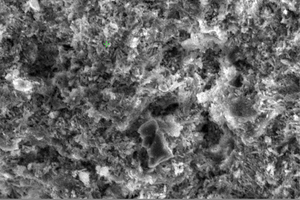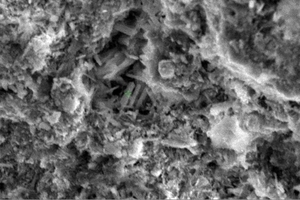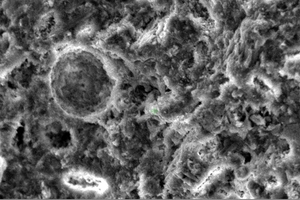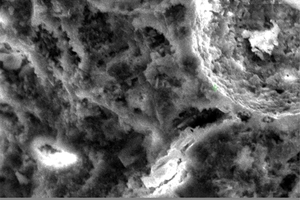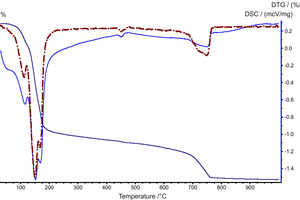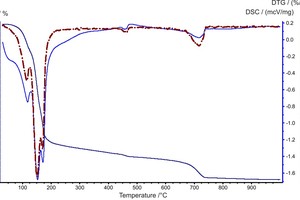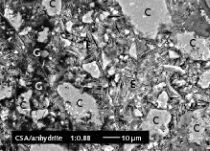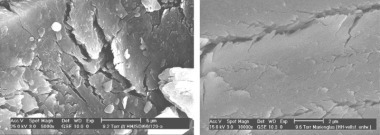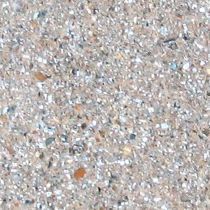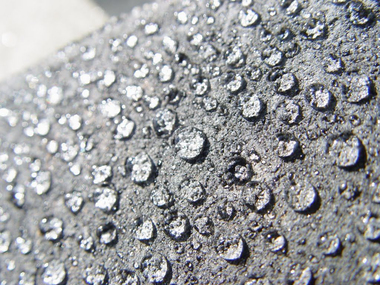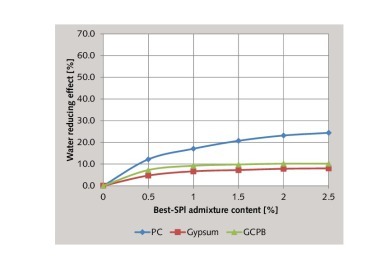Structure and formation properties
of a water-resistant compound binder based on calcium sulfate β-hemihydrate
This article discusses some special aspects of the hydration and structural formation of water-resistant gypsum-cement-pozzolan composite binders based on calcium sulfate β-hemihydrate modified by a group of mineral and chemical admixtures. The pore structure factors of the products based on these binders were measured and the phase compositions of the new hydration growths were studied.
1 Introduction
The main problem when mixing gypsum binder (GB) and Portland cement (PC) lies in enabling a stable structure to form during their co-hardening. Another important aspect is the problem of obtaining the required water resistance value without an appreciable increase in PC content in the mix or its dilution by means of excessive addition of active mineral admixture (AMA). It is impossible to produce competitive and durable materials based on these binders without solving these major problems.
A large body of research in this field [1-6] carried out by Volzhenskij A.V., Fischer...

